Our driving trip around Maharashtra found us exploring the UNESCO world heritage caves of Ajanta and Ellora, along with the towering Daulatabad Fort, one of the few forts in Maharashtra not attributed to the Marathas. Having climbed Daulatabad, we headed in search of Aurangzeb’s tomb, which was en route to the Ellora Caves. Tucked away in a tiny village called Khuldabad, Aurangzeb’s tombs reflects his life and philosophy, it is simple and bereft of any ostentation. The simple white marble slab above his grave is surrounded by four marble walls, intricate and elegant, with no roof. The inscription, the caretaker translates, tells you that the pious ruler didn’t want a roof to separate him from the sky. It’s a far cry from the tombs of other rulers we had seen, which were built to inspire awe and fear and leave a lasting legacy.
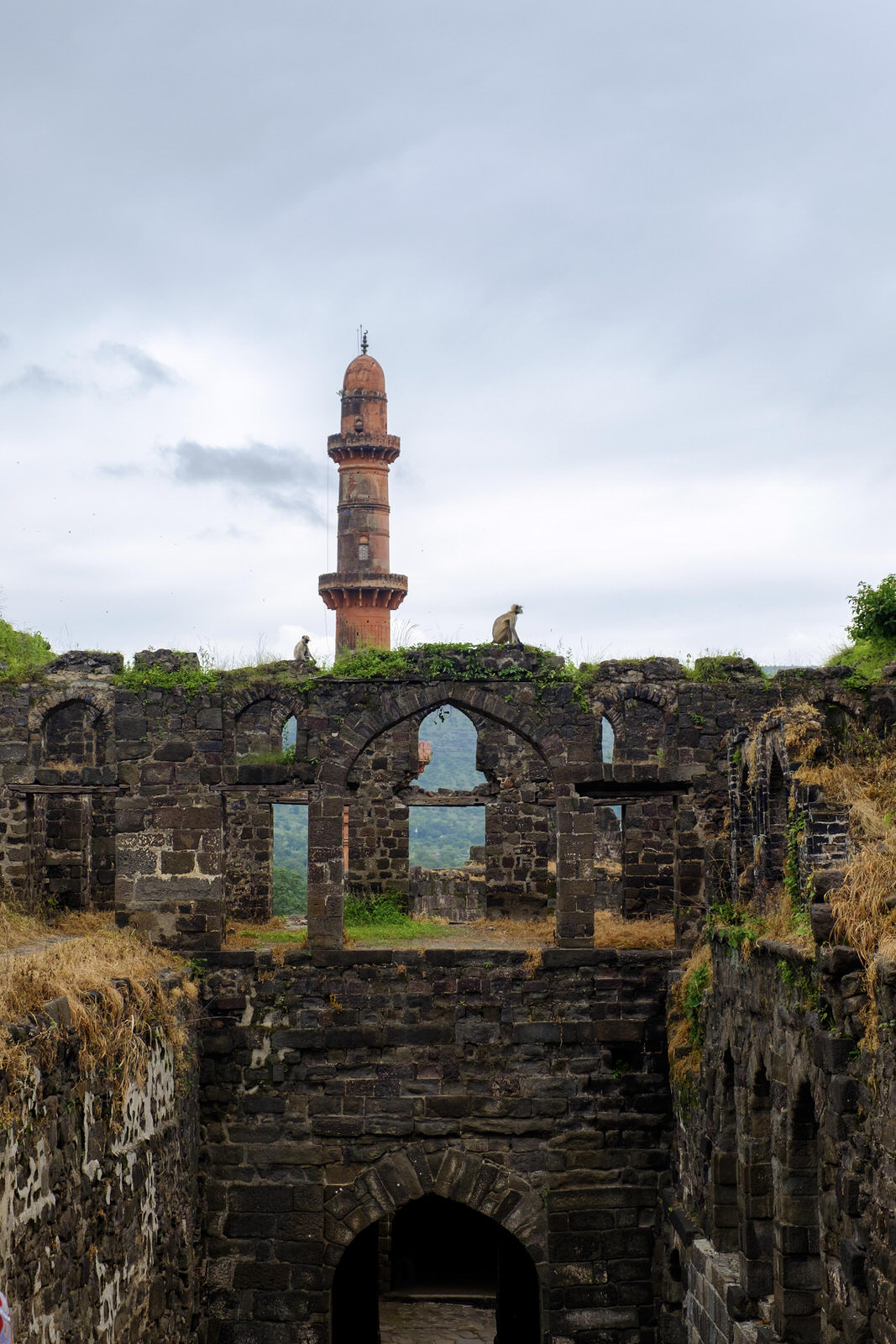
Khuldabad, known as the Valley of the Saints, is most famous for being the final resting place of the last ruler of one of the greatest empires Hindustan had ever seen. It is also a deeply religious and spiritual place as it was the home of two important Muhammadeen saints, Burhan-ud-din and Zain-ud-din. Tiny little Khuldabad also holds the tombs of Asaf Shah, the founder of the Nizam dynasty of Hyderabad, his son, and various members and consorts of Aurangzeb’s clan. Having seen the tombs of Aurangzeb and Asaf Shah, we decided to drive on outside the town and take in the surrounding countryside. A gate up in the distance (Aurangabad and the surrounding region is full of gates) caught our attention and as we drove towards it to explore, we stumbled upon an extraordinary sight. All around the little town in the fields before us lay several tombs, in various states of disrepair, reminiscent of ones we had seen all over Gujarat, Karnataka and other parts of India. Some were overgrown with weeds and trees, whilst others were relatively well kept but all of them invoked a sense of wonder and fascination. They all had similar architectural styles reminiscent of their Persian heritage and ancestry, with low single buildings, square-ish squat structures, and rounded domes.
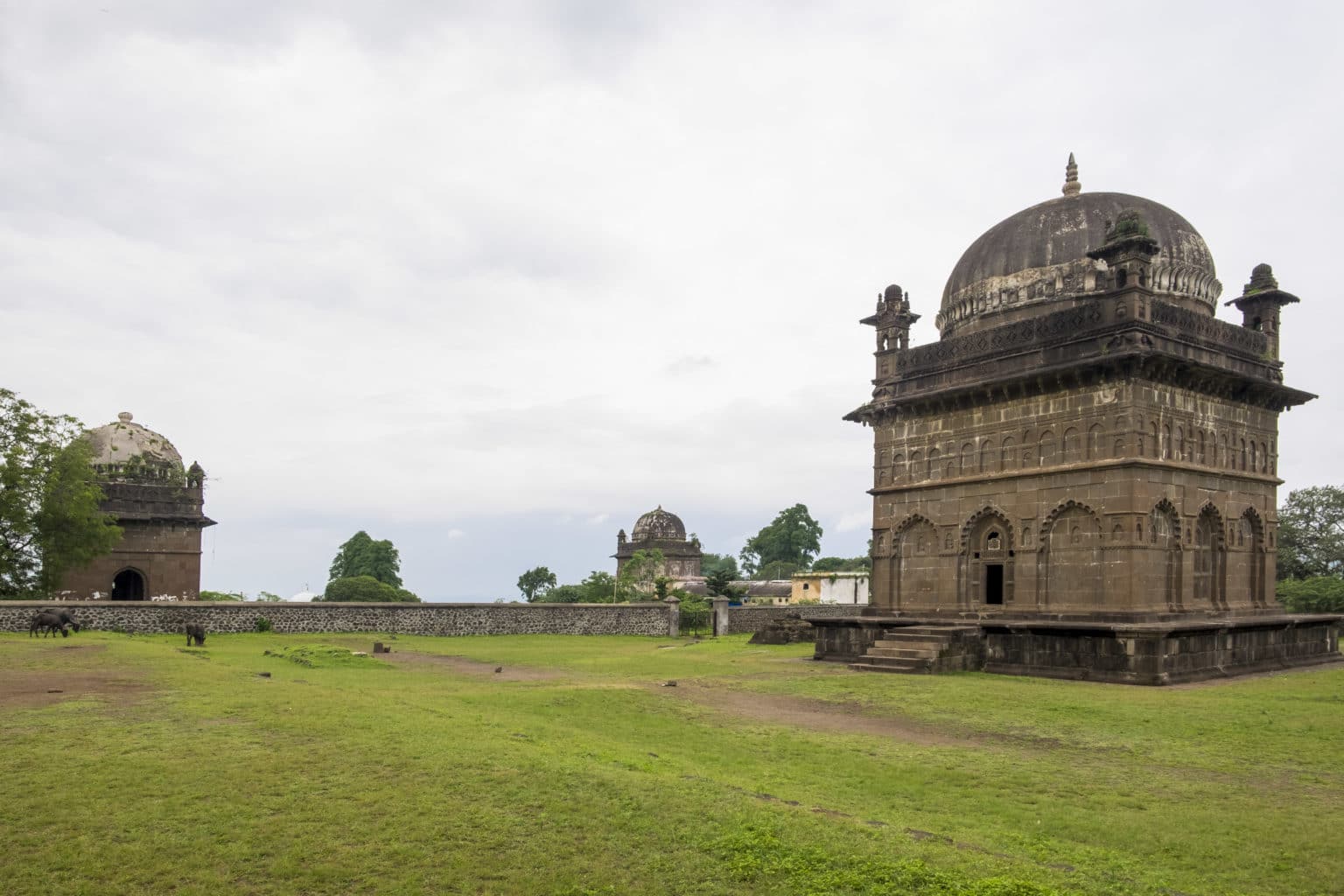
We wandered around the outskirts of Khuldabad which was green and quiet, peeking into a few tombs and smiling at the occasional curious villagers whiling away their time by the wayside. One of the tombs, which was fairly well maintained, caught our fancy and we went inside the gated compound to have a closer look. The tomb was simple without too much detailing or carvings on the outside and was in much better shape than many of the others we had seen. The few cows grazing in a corner, the man weeding, and the well maintained grass made the whole structure seem a little less forlorn. We admired the structure, the tomb of Malik Ambar, said the man who was not a gardener but an ASI guide on duty to keep the space clean, and left. It was only later that we realized the importance of the tomb we had visited.
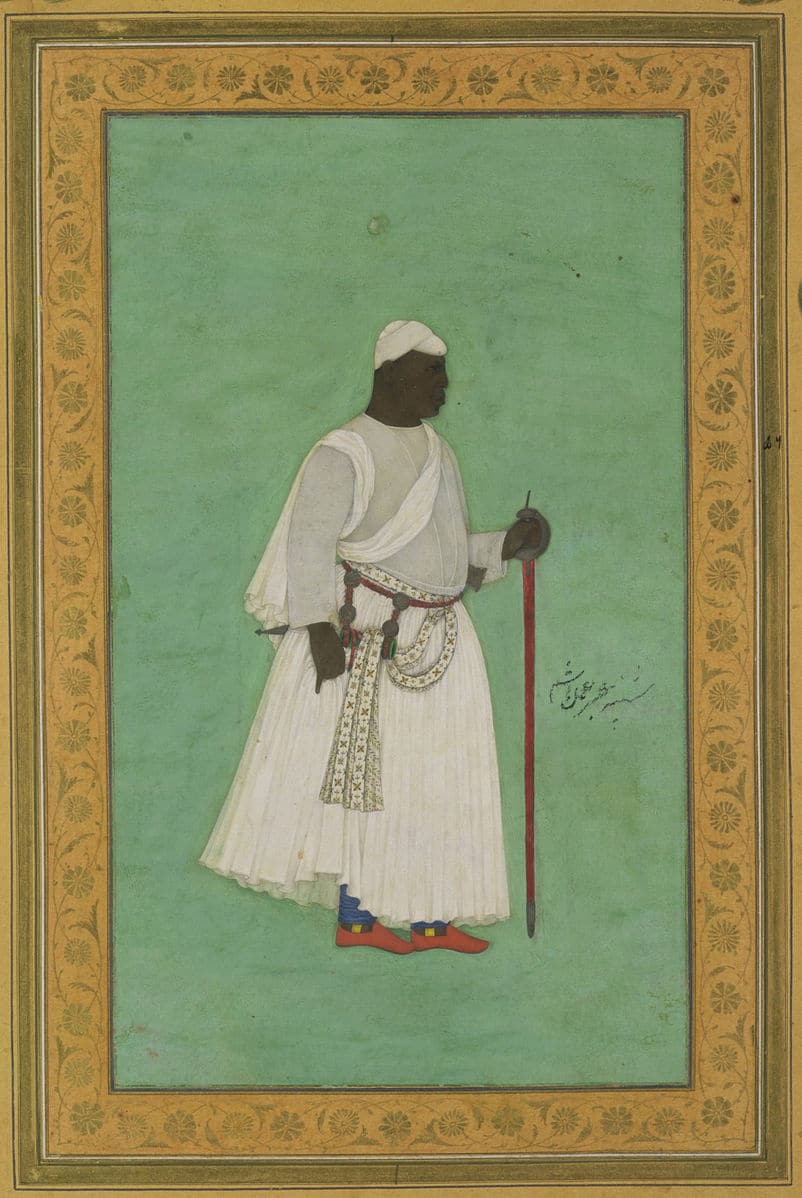
Malik Ambar, or Chapu as he was known at birth, was the Ethiopian who thwarted and irritated the Mughals for decades, and has today been largely forgotten. Indian history, in celebrating great warriors like Shivaji or Tipu Sultan, has neglected to mention the dark skinned Ethiopian slave, sold by his parents, who found himself in the dusty plains of the Deccan and rose to be a great military mind and leader. Born in the mid 1500s, Chapu was sold three times and travelled from Ethiopia to Yemen to Iraq before a merchant brought him to India, probably to the Konkan coast. The slave trade from west to east was thriving. Somewhere along the way he was converted to Islam and became Malik Ambar.
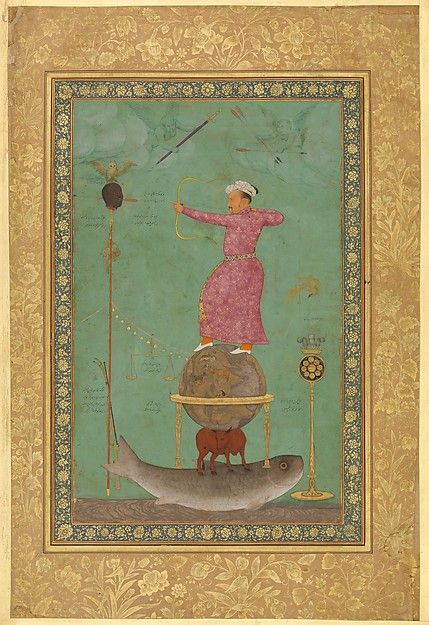
He grew up in what is present day Ahmednagar, and rose to prominence in the court of the Ahmednagar Sultanate. He was a skilled mercenary, proficient in many languages and was extremely successful in frustrating the expansion of Emperors Akbar and Jehangir into Deccan India. He defeated their generals many times, through the use of guerrilla warfare and new military tactics, ultimately gaining the confidence of the Nizam Shahi dynasty and a place as their Prime Minister. It is said that his guerilla army, which at one time numbered over 50,000, had many Marathas in the ranks, who might have used his ideas and strategies during later battles with Shivaji against other rulers. He was ultimately defeated by Aurangzeb during a battle over the Ahmednagar fort. He died in 1626 at the age of 80, and is buried outside tiny little Khuldabad, his achievements largely forgotten in the narrative that India is familiar with.
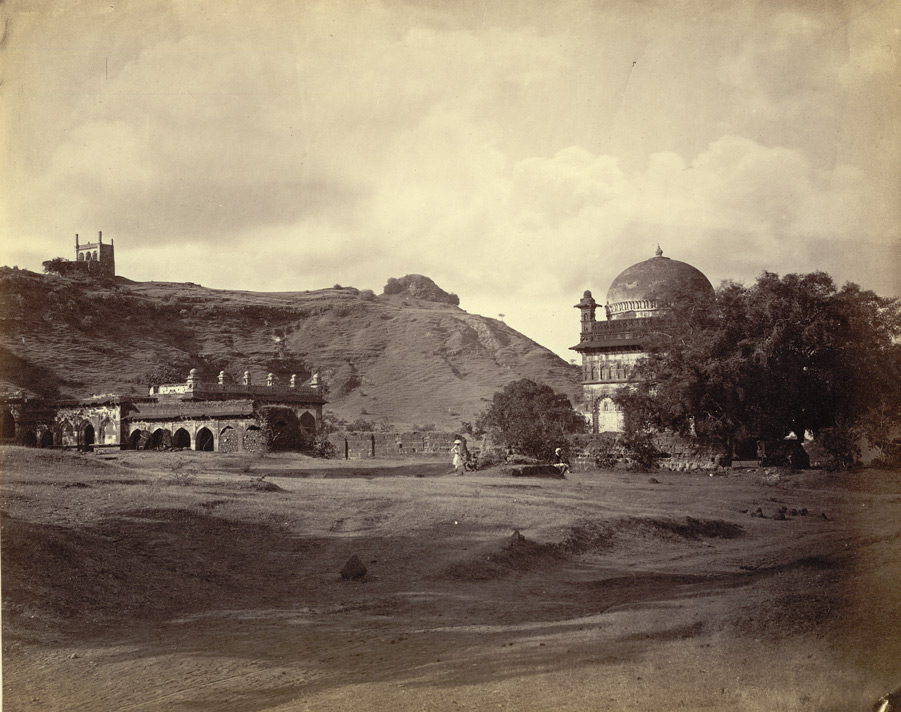
Malik Ambar is revered by the Siddi community in Gujarat (descendants of African communities now settled in India), whom we had also come across in Karnataka. Our love of discovery and wandering around small towns and forgotten by lanes led us to the tomb of Malik Ambar, and we are glad it did. This is why we travel, to rediscover pieces of India that are significant, to uncover a history that is like the country itself, unpredictable, eccentric and demanding of new attention.
Some Useful Information:
Khuldabad is between Daulatabad Fort and Ellora Caves, about an hour from Aurangabad, and can be clubbed with a visit to the fort.
The little town is small and can be covered on foot. While the more famous tombs of Aurangzeb and many Sufi Saints are inside the town, there are several beautiful but lesser known tombs on the outskirts of the town, including the one of Malik Ambar, the famous Ethiopian.
Head North West out of town towards the State Guest House and you will see the tomb on the left, before the road leads into the guest house property.
One Comment Add yours